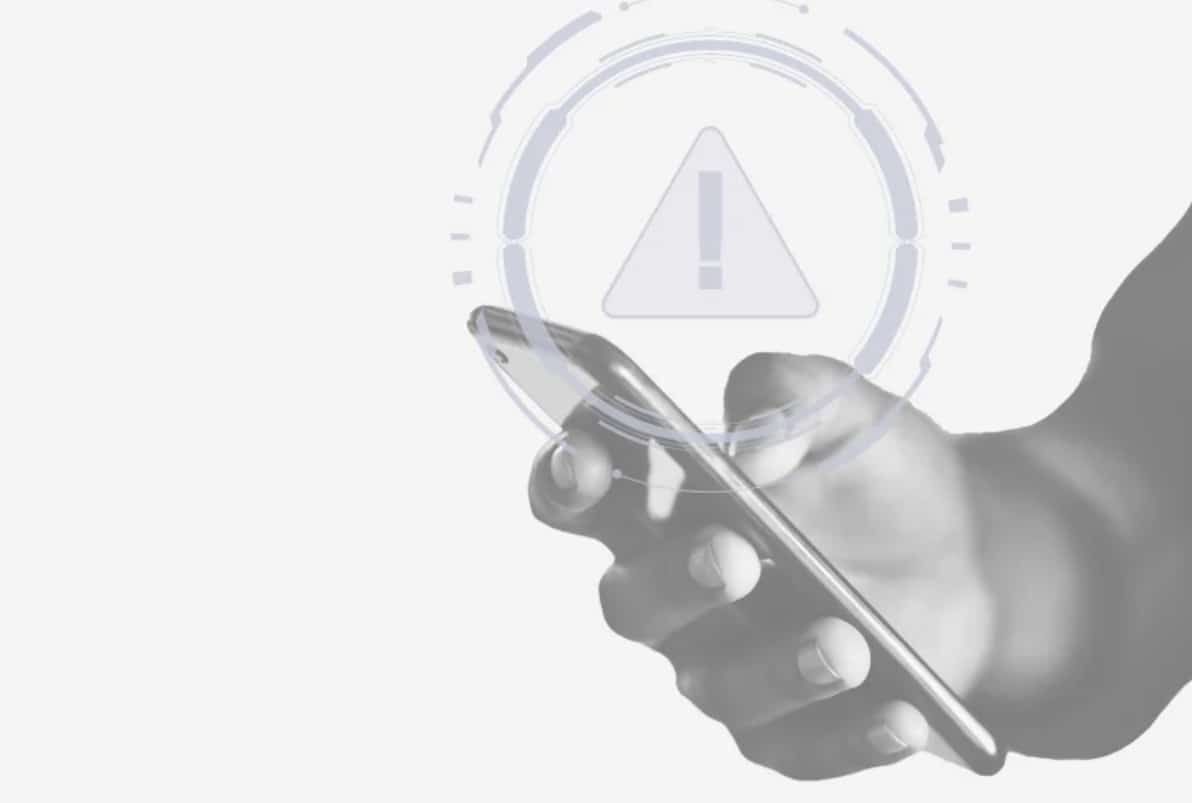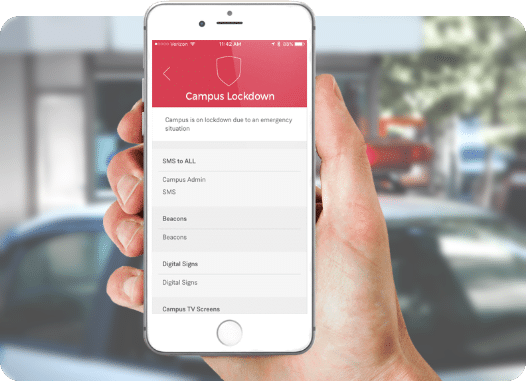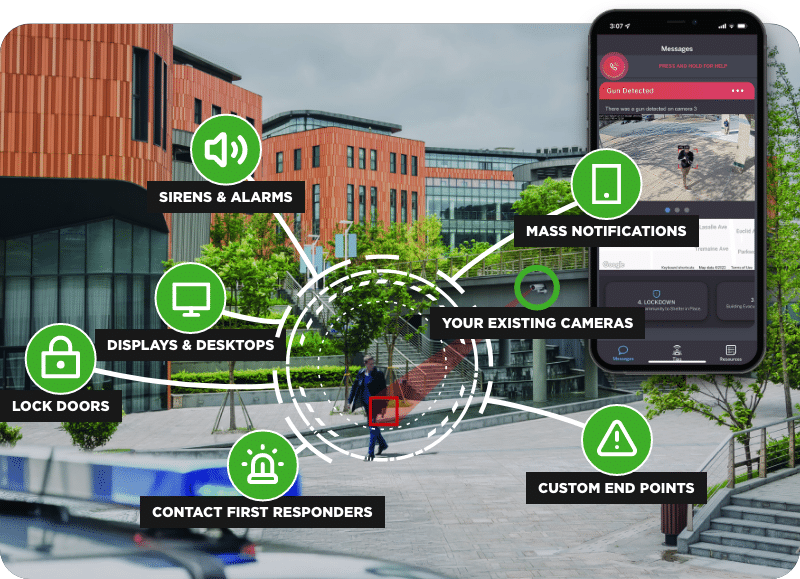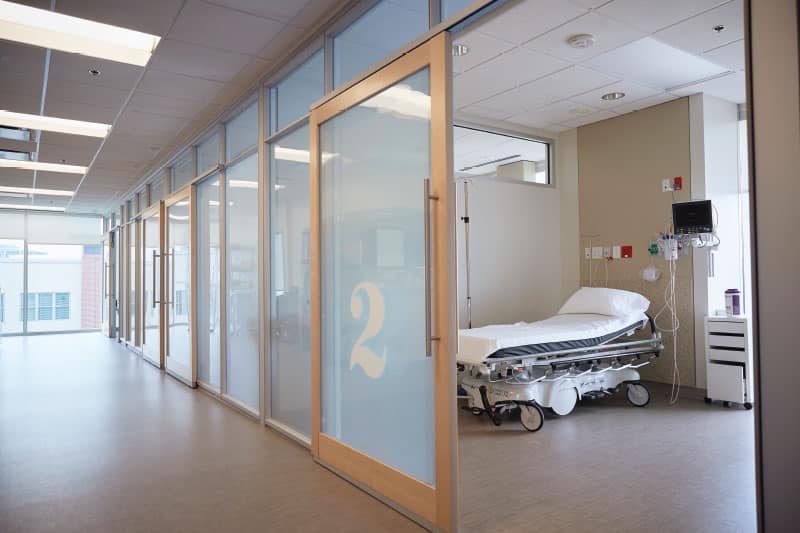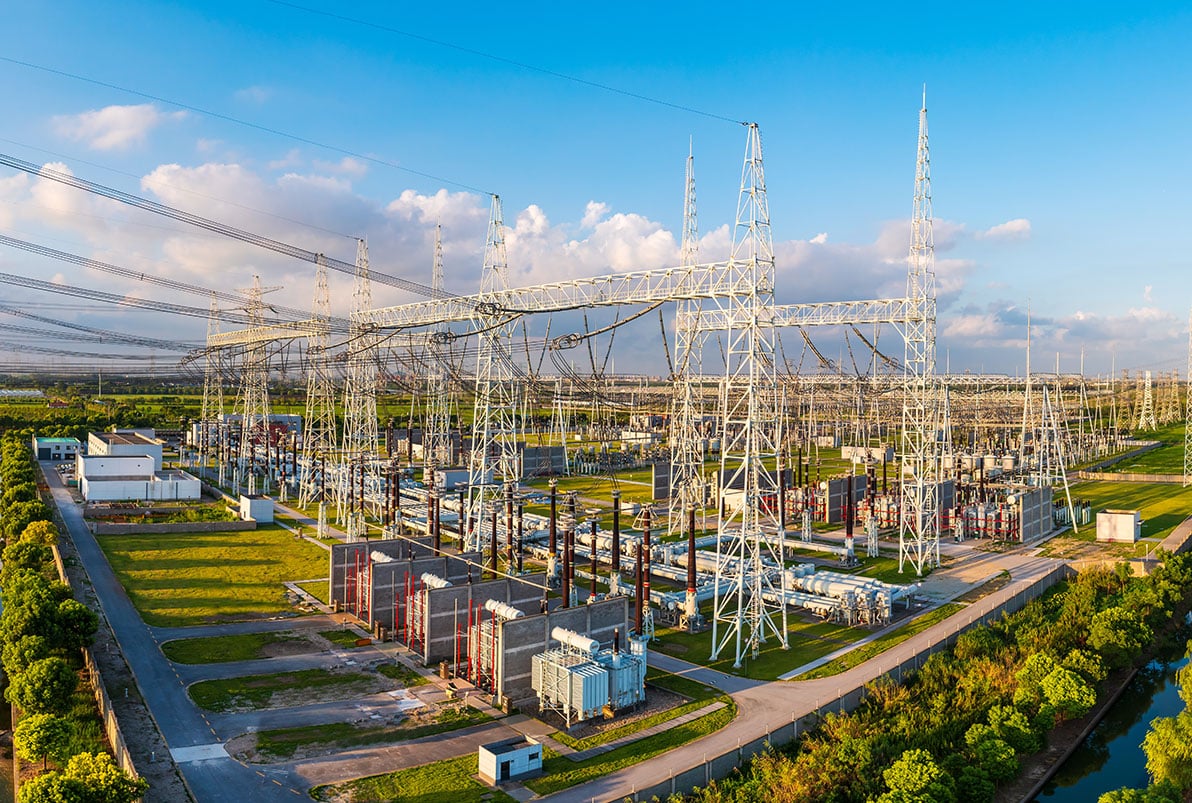Scalable Alert & Emergency Notification Systems
Designed for Your Organization’s Challenges
Your emergency notification systems should be reliable, easy-to-use, and customized to meet the specific needs of your school campus. From high-stakes emergencies to common notifications, our system can be adapted to automate a total response to virtually any scenario.
Robust Features Reach Everyone, Everywhere, Instantly
Omnilert’s emergency notification and communication solutions allows you to deliver critical alerts and notifications to any number of recipients at a moment’s notice. Send direct messages to the people that need them, or engage a facility-wide response that incorporates your existing security infrastructure.
Send Custom Messages
Initiate multiple customizable messages to unique people, groups and endpoints.
Multi-Channel Response
Trigger notifications & engage a response across every available communication channel.
Technology Integration
Connect third-party systems, apps, & other end-points to engage a full-scale response.
Two-Way Communications
Enable message recipients to respond and engage with your alerts or provide information.
Customizable Workflows
Manage your notification system using custom-built workflows that streamline your response.
Always Online
Cloud-based solution is failure-resistant and allows your team to monitor the system from any device.
Open Architecture
Build on top of our loosely-coupled architecture to easily scale and quickly adapt to new technologies.
Reporting & Analysis
Capture & analyze system effectiveness through an easy-to-use interface.
Flexible Options to Fit Your Needs Omnilert ENS Platform Tiers
| Plan | Key Use Case | Core Features | Ideal For |
|---|---|---|---|
Notify | One-way mass communication |
| Schools, offices, or venues that only need to send urgent alerts |
Engage | Two-way communication + feedback | Everything in Notify, plus:
| Enterprises, universities, hospitals |
Manage | Automated emergency response | All above, plus:
| Large facilities, multi-campus schools, or critical infrastructure |
